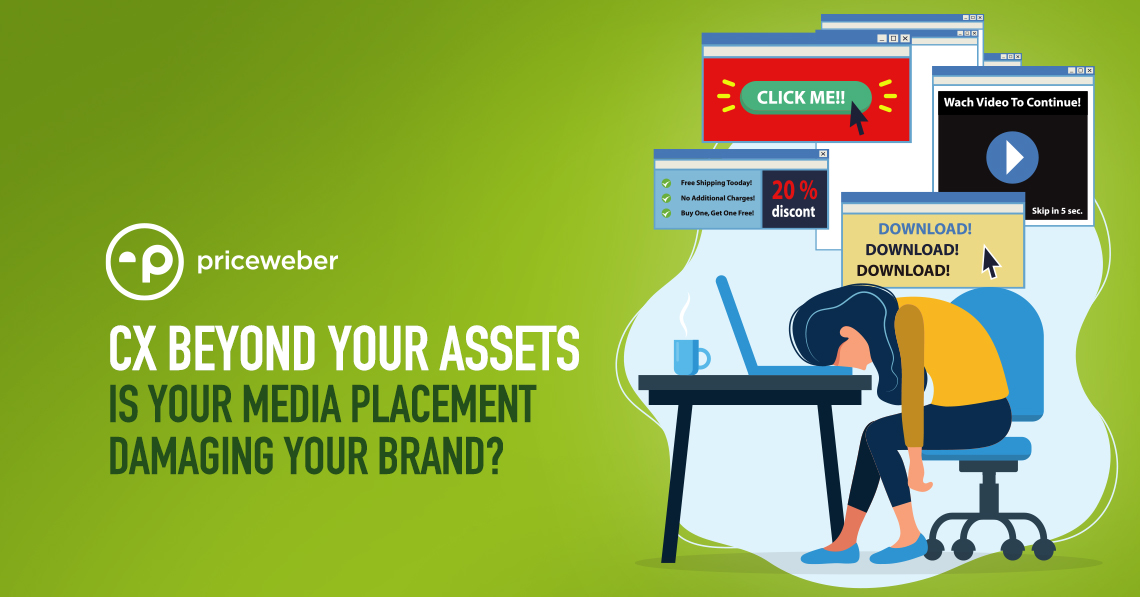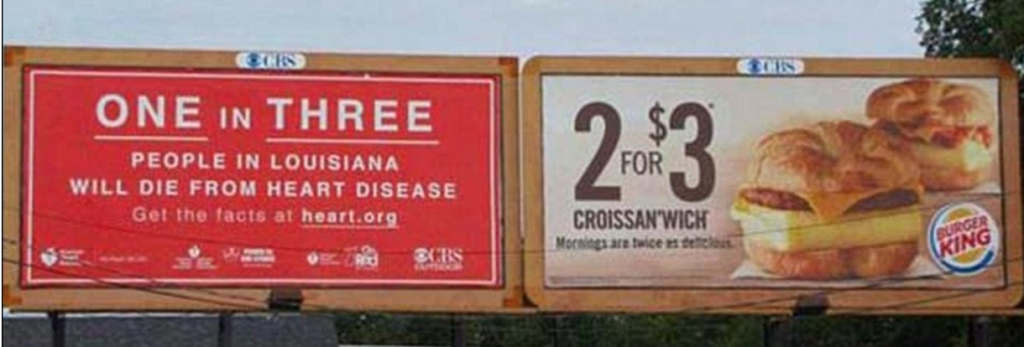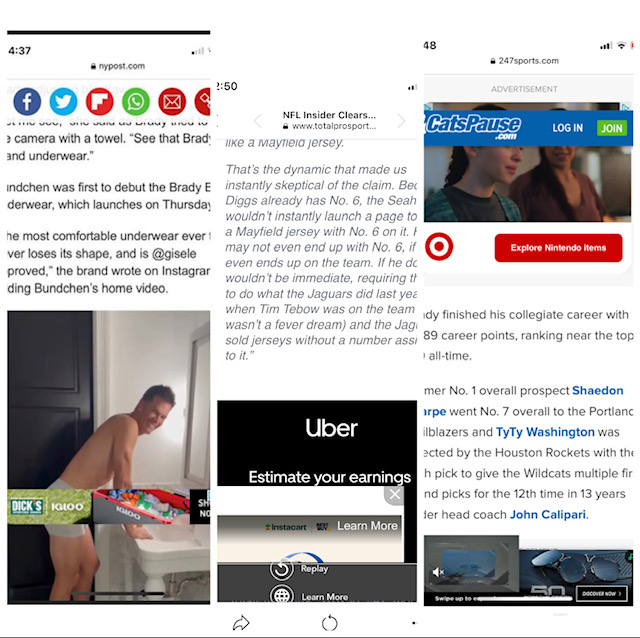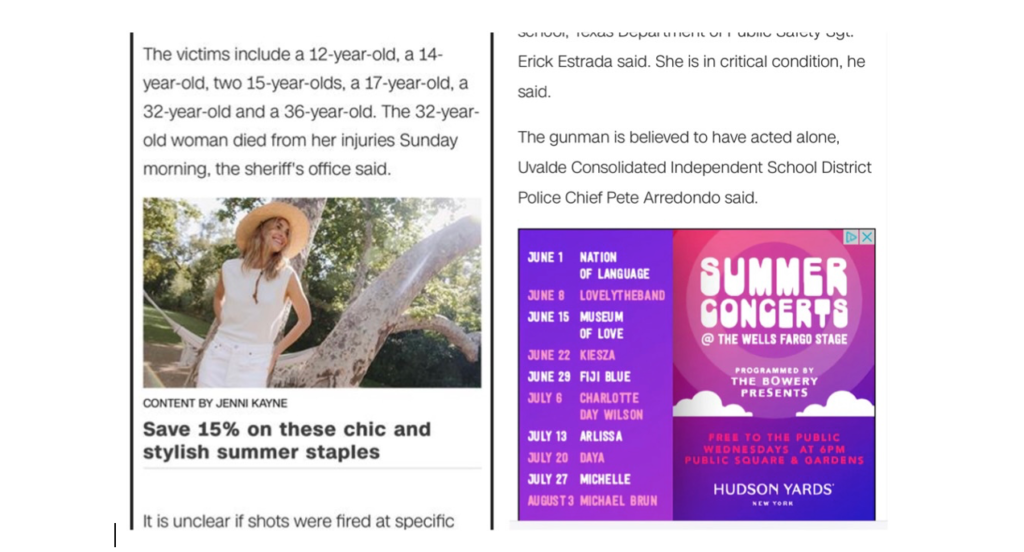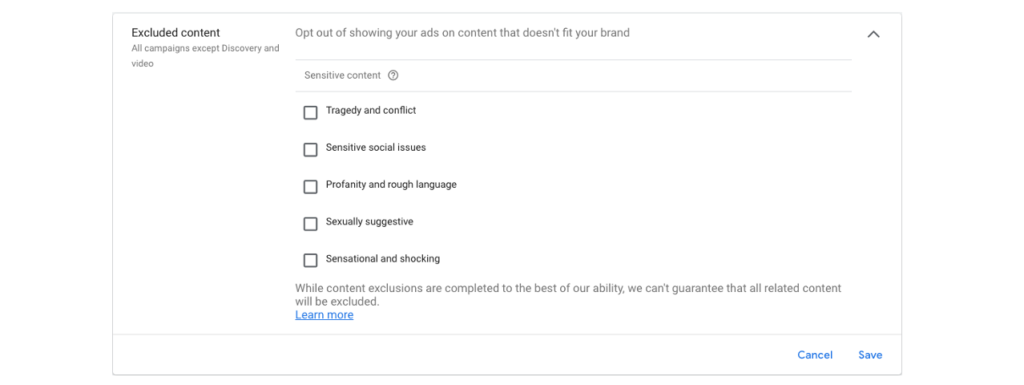Have you ever been to a webpage that wasn’t optimized for your phone properly, and the ads blocked the content? Have you had the page collapse on your article, then the banner ads block the scrollable part of the article? How about waiting so long for an ad to disappear that you clicked on the ad, then clicked the back arrow just to see if it would end sooner? Have you ever thought you were clicking on a next-page link but really linked to an annoying ad? Have you ever just quit reading an article because the ad assets on the page were so annoying you lost interest in the topic? Well, you’re not alone; 90% of those surveyed find digital ads annoying. In this edition of Plain Talk, we’ll look at problems with programmatic advertising and the damage targeting top-of-funnel metrics, like impressions and clicks using broad ad networks, can have on your brand.
We’ll cover:
- Media relationships past and present
- The top factors hurting your brand in programmatic advertising
- The best practices for programmatic placement
Media relationships past and present
Back in the good ol’ days when your mom and dad placed media uphill both ways in the snow, they did it manually. Whether it be TV, radio, print or out-of-home, there was either a direct relationship with the media outlet or there was one middle layer, but the relationships were personal. There were often guarantees of a time or space perimeter from competitive ads or a review/approval of the placement location. While ad placements that could hurt your brand did occasionally happen, they were rare and could often be comped or corrected.
More importantly, it was recognized, addressed and realized as a real thing. Today, it happens so much more but is spoken of little. More importantly, it doesn’t just happen with small brands and apps; it happens to large-budget household brands too.
Top factors hurting your brand in programmatic
Today, there are basically two ways in which your programmatic ads are routinely damaging your brand. The first way is that your brand’s ad is blocking content or images on the sites or just on sites that provide such a poor user experience and are thus damaging your brand. The second is when the content of the site or page is inconsistent or conflicts with your brand, or when other ads on the same page are competing with or inconsistent with your brand.
1. Ad Interference
The ads below are on 247Sports which has more than 48 million monthly visits, TotalProSports has over 1.9 million monthly visits, and the New York Post has almost 155 million monthly visits. None of these are fly-by-night sites. Dick’s Sporting Goods, Uber and Target are all household names with countless media buying and placement resources. I would argue that virtually everyone wanted to see Tom Brady in his underwear and cursed Dick’s Sporting Goods before laughing under their breath when they clicked through to this article on the New York Post. Whether they laughed or not, no one stopped and thought, “huh, Dick’s Sporting Goods carries Igloo®? I need a cooler right now!” Further, Uber and Instacart arm wrestle over half of the screen on this article about the woes of Baker Mayfield, causing the readers to leave the article on TotalProSports.com in frustration or possibly click on it by accident. It’s likely CatsPause.com and Target impressed no one on 247Sports.
The problem is that too many ads are being pushed to networks with too many sizes, and they’re being displayed on too many different screen sizes on sites too far removed from the advertiser with too much emphasis on CPC. It’s the ugly side of programmatic advertising that no one wants to talk about. Sure, we can dynamically reach the right person at the right time with the right offer, but what does it look like? No one who cares is auditing the experience. As marketers, we know full well that marketing is cumulative. People seldom buy the first time they see a product or hear of a brand. Are these ugly experiences pushing your customer closer to buying, or are we distancing them?
As we hyper-focus on attribution, are ad networks executionally hurting our brands?
2. Content Conflict
After the 9/11 terrorist attacks, all cable news and network stations aired ad-free for 93 hours! It only makes sense after a catastrophe that advertisers would do such. No CMO wants their brand associated with heartbreak. Yet, CNN routinely runs digital ads on their articles about mass shootings, and they’re not alone. Who wants to hear about summer concerts in the middle of an article about a school shooting? It seems downright insensitive. Also, while reading about this horrific tragedy, do you think anyone is thinking that going to the Daya concert on July 20th is a good idea? I guess it could be worse. It could have been a Taco Bell Live Mas! ad.
With programmatic digital ads and even digital billboards changing dynamically, there is much less control over who else is on the same page or who is next in rotation. Scenarios just like the above Burger King billboard example are happening all the time – since everything is served dynamically only 1 or 2 viewers see each incident. The same overall collective damage is happening only through a series of millions of tiny cuts vs. one knockout blow!
Best practices for programmatic placement
While there are many things we can do as marketers to mitigate the damage, there is no single solution we can enact that will protect us. The industry is at a point where the technology to place ads is further advanced than the technology to audit them. Ultimately, what we need is an AI solution that will audit ads on an incident-by-incident occurrence and score the good or flag the bad. This will require some time before a capable party recognizes and fills this need.
As for now, below is a list of efforts we can make to mitigate occurrences.
1. As recommended in our recent article, Targeting Gone Wild, focus on bottom-of-the-funnel metrics. Just as focusing on CPM too heavily leads to long pages and lots of ads no one saw, focusing too much on CPC leads to bad UX. It causes publishers, especially those in networks, to overly emphasize the viewer to either advertently or inadvertently click on an ad vs. enjoy the content.
2. In the spirit of the 1st bullet point, scrutinize networks more closely. Not all networks are the same.
3. Create ad executions for all of the ad sizes you select. This sounds simple, but often there are 50ish different ad sizes in the ad network. It takes care and diligence to align the assets. If you don’t have the size, don’t let the system make it fit!
4. Align the network filters with your brand’s ethics. Almost all articles allow you to filter sites. Some even try to filter by article. If you roll over the below “Learn more” link, the network will tell you whether these filters were applied to the site or to the article. Remember the CNN example. Good site, bad article!
5. Look for word or domain exclusion lists in your ad networks and use them! Where excluding content may fail, excluding specific words, in particular, provides an extra level of safety. Excluded words like “shooting” and “victim” may have prevented the music festival from being advertised in a mass shooting article.
6. Stay active in your placement. Digital advertising is dynamic, and thus, problems can be easily corrected mid-campaign. If possible, have one of your colleagues in the target market send you screen shots of the actual executions. If you see your ad blocking Tom Brady, go back and exclude the New York Post! If you see your ad crowding out content in an annoying way, block that site too!
As is always the case in any cat and mouse game, whether it was radar guns and radar detectors in the 90s or digital marketing and ad auditing now, there are times when there is a technical gap where the cat has an advantage. The mouse always catches up, and ad auditing will catch up; but until then, we as marketers just have to be extra diligent in how we protect our brands. If you have some additional thoughts on how we can better audit and protect our brands in the current programmatic world, or if you just have some funny screen captures of ads you want to share, please give us a call at 502-499-4209 or drop us a note here, we’d love to hear from you.

